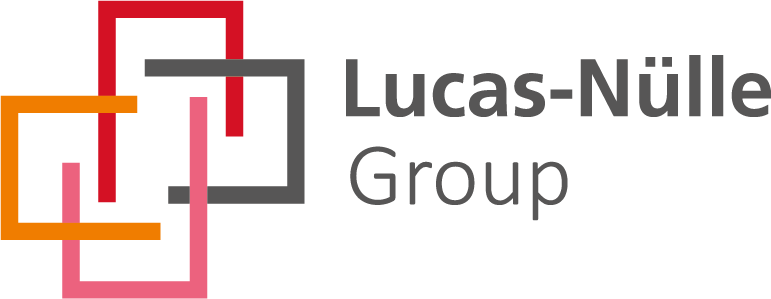setTimeout(function(){
window.print();
},500)

Technical data KidneyArticle no: P1443201   Principle Compared to the liver, the kidney is a rather small organ, however, it is the most significant excretion organ in humans apart from the skin and the lungs. Water and the substances dissolved in it are first transferred to the renal corpuscle (Malpighian Benefits
Tasks
Learning objectives
Scope of delivery
| ||||||||||||||||||||||||
PHYWE Systeme GmbH & Co. KG
Robert-Bosch-Breite 10 – 37079 Göttingen – Germany
www.phywe.com
Robert-Bosch-Breite 10 – 37079 Göttingen – Germany
www.phywe.com

